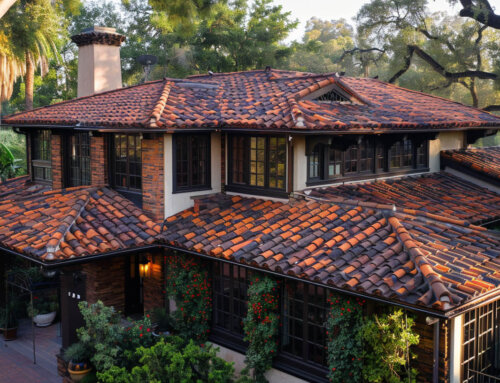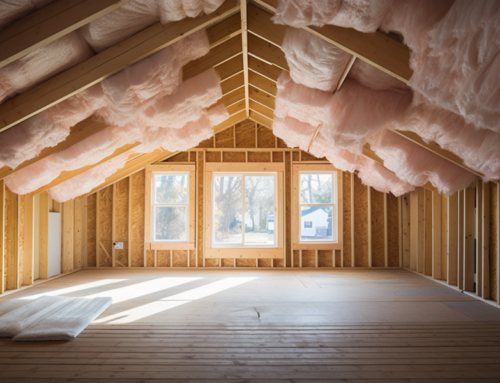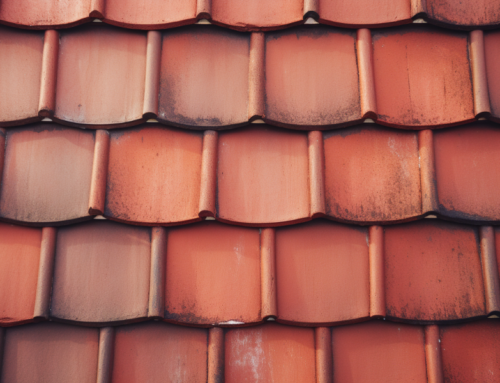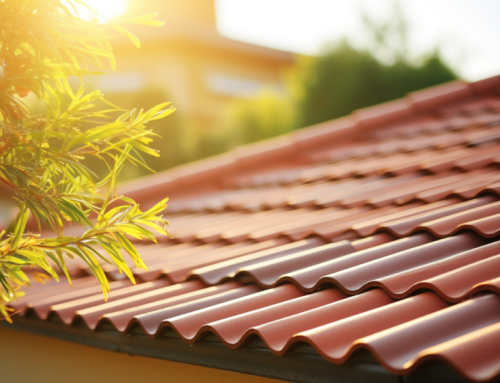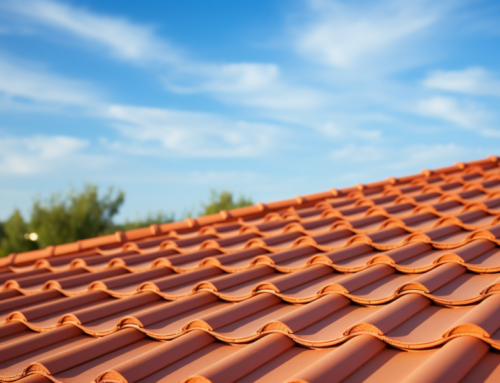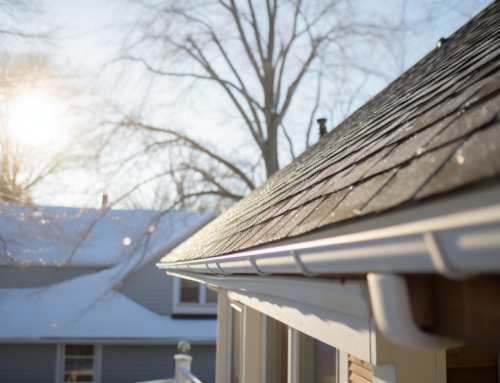Roof flashing plays a pivotal role in safeguarding homes from potential water damage. As homeowners, understanding the significance of roof flashing can save you from costly repairs and ensure the longevity of your roof.
What is Roof Flashing and Its Role?
Roofs are designed to facilitate rainwater runoff. However, they often have vertical features like chimneys, skylights, and vent pipes where water can accumulate or seep into crevices. Over time, these areas can sustain damage, leading to water leaks inside the house. To counteract this, professional roofers, such as those at San Diego County Roofing & Solar, use roof flashing. This diverts rainwater down the sides of these vertical surfaces, preventing water stagnation.
Roof flashing is typically made of thin, rust-resistant metals like G-90 galvanized steel, copper, or aluminum. Each metal has its unique characteristics:
- Galvanized Steel: Affordable and corrosion-resistant, making it a popular choice.
- Copper: Durable and turns into a patina over time, offering a classic appearance.
- Aluminum: Lightweight and malleable, but requires coating for preservation.
Flashing seals the joints between the roof and its features, protecting the house from erosion, leaks, wood rot, and other potential damages.
Different Types of Flashing
Depending on its application, flashing comes in various shapes:
- Base Flashing: Positioned at the joint between the roof and a vertical surface like a wall or chimney.
- Step Flashing: Rectangular and bent at a 90-degree angle, placed between the roof and a wall or dormer. It directs water runoff away from the sidewall into gutters.
- Counter Flashing: Used in conjunction with base flashing, especially around chimneys.
- Continuous Flashing: A long metal piece that shields the joint between a wall and a sloped roof.
- Valley Flashing: Installed over valleys where two roof slopes meet, directing water into gutters.
- Drip Edge: Positioned at the roof’s edge to guide water runoff from shingles into gutters.
- Kickout Flashing: Directs water away from the roof’s edge and into the gutter.
Costs Associated with Flashing
The expense of flashing varies depending on the type and brand. For instance, valley flashing might cost up to $0.75 per linear foot, while step flashing can go up to $1.00 per linear foot. When considering repairs, homeowners should be aware that the national average cost for small roof repairs ranges between $300 and $1,100.
Recognizing Roof Flashing Failures
The most evident sign of flashing failure is water leakage inside the house. However, homeowners can also look for:
- Damaged or missing shingles.
- Mold or decay on asphalt or wood shingles.
- Tears or buckles in the flashing around roof features.
- Decaying or stained fascia.
- Rusting or sagging gutters.
Repairing Roof Flashing
Before embarking on repairs, it’s advisable to remove all old flashing and install new ones to ensure longevity. The process involves:
- Gently lifting surrounding shingles.
- Removing the old flashing.
- Inspecting the roof substructure for damage.
- Installing the new flashing as per building codes.
While some homeowners might consider this a DIY project, it’s best to hire professionals like San Diego County Roofing & Solar. They have the expertise to ensure proper installation, which is crucial for the roof’s longevity and the safety of the house.
Final Thoughts
Roof flashing is an integral component of any roofing system. It’s essential to regularly inspect and maintain it to prevent potential water damage. By understanding its importance and ensuring its proper installation and maintenance, homeowners can save on costly repairs and ensure their home’s safety. Remember, when considering roofing in San Diego or seeking roofing contractors in San Diego, always prioritize quality and expertise.




